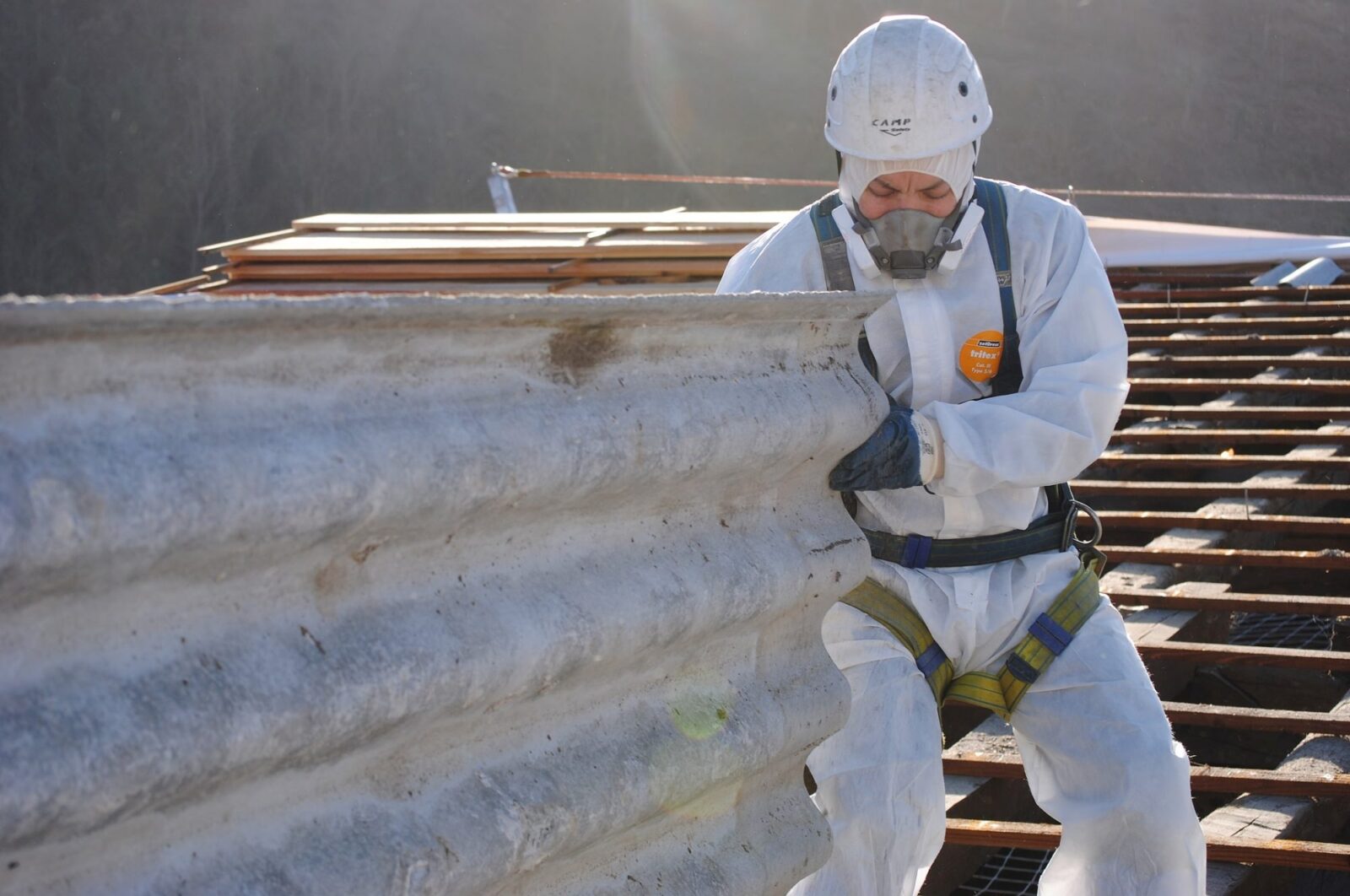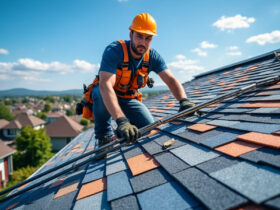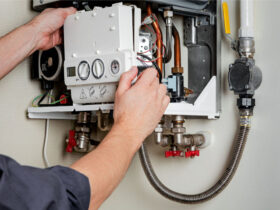Asbestos, once a widely used building material prized for its durability and fire-resistant properties, is now recognised as a significant health hazard due to its association with serious respiratory diseases. Asbestos-containing materials (ACMs) can release harmful fibres into the air when disturbed, posing risks to anyone nearby. Proper asbestos removal is crucial to mitigate these risks and ensure the safety of occupants and workers alike. This article explores the importance of asbestos removal in Melbourne, outlining safety measures, regulatory requirements, and best practices for effective asbestos management.
The Risks of Asbestos Exposure
Exposure to airborne asbestos fibres can lead to severe health conditions such as asbestosis, lung cancer, and mesothelioma. Due to these risks, the safe handling, removal, and disposal of asbestos-containing materials are strictly regulated in Australia, including Melbourne. Whether renovating older homes or managing commercial properties, understanding asbestos removal processes is essential for protecting human health and complying with legal obligations.
1. Regulatory Framework in Melbourne
In Melbourne, asbestos removal is governed by strict regulations enforced by WorkSafe Victoria and local councils. Key regulatory requirements include:
- Licensing: Only licensed asbestos removalists are authorised to conduct asbestos removal work. They must hold either a Class A (for friable asbestos removal) or Class B (for non-friable asbestos removal) license issued by WorkSafe Victoria.
- Notification: Before commencing asbestos removal work, removalists must notify WorkSafe Victoria and the local council. This ensures regulatory authorities are aware of the asbestos removal activities taking place.
- Safe Work Practices: Removalists must adhere to specific safety protocols, including using appropriate personal protective equipment (PPE), implementing containment measures to prevent fibre release, and safely disposing of asbestos waste at approved facilities.
2. Safety Measures During Asbestos Removal
- Risk Assessment: Prior to asbestos removal, a comprehensive risk assessment is conducted to identify the presence of ACMs, assess potential exposure risks, and develop a tailored removal plan.
- Containment: Effective containment measures, such as erecting barriers and using negative air pressure units, are crucial to prevent asbestos fibres from spreading to uncontaminated areas during removal.
- Personal Protective Equipment (PPE): Workers involved in asbestos removal must wear PPE, including disposable coveralls, respirators equipped with P2 filters, gloves, and eye protection. PPE minimises direct exposure to asbestos fibres.
- Safe Handling and Removal: Asbestos removalists employ safe handling techniques to minimise fibre release. Wet methods, such as misting ACMs with water, are used to suppress dust and facilitate safer removal.
3. Best Practices for Asbestos Removal
- Training and Certification: Ensure asbestos removalists are appropriately trained and certified to handle ACMs. Ongoing training ensures removalists stay updated with the latest safety practices and regulatory requirements.
- Comprehensive Clean-Up: After asbestos removal, thorough clean-up procedures, including HEPA vacuuming and wet wiping surfaces, are conducted to remove any residual asbestos fibres and contamination.
- Air Monitoring: Conducting air monitoring during and after asbestos removal verifies airborne fibre levels are within safe limits. Clearance certificates from independent assessors confirm the area is safe for reoccupation.
- Disposal: Asbestos waste is double-bagged in clearly labelled containers and transported to designated asbestos disposal facilities licensed by environmental authorities.
4. Choosing an Asbestos Removalist in Melbourne
- Credentials and Experience: Select licensed asbestos removalists with extensive experience in handling ACMs. Verify their licenses, certifications, and track record of compliance with safety regulations.
- References and Reviews: Seek recommendations from trusted sources and review testimonials from previous clients to gauge the removalist’s reliability, professionalism, and adherence to safety standards.
- Insurance Coverage: Ensure the removalist carries adequate insurance, including public liability and asbestos removal insurance, to protect against unforeseen accidents or damages during removal operations.
Conclusion
Asbestos removal in Melbourne requires meticulous adherence to safety protocols and regulatory requirements to protect public health and the environment. By understanding the risks associated with asbestos exposure, complying with legal obligations, and implementing best practices for safe removal, homeowners and property managers can ensure the effective management of ACMs. Choosing a licensed asbestos removalist with a commitment to safety and professionalism is essential for achieving successful asbestos removal outcomes and maintaining a safe living or working environment in Melbourne.





